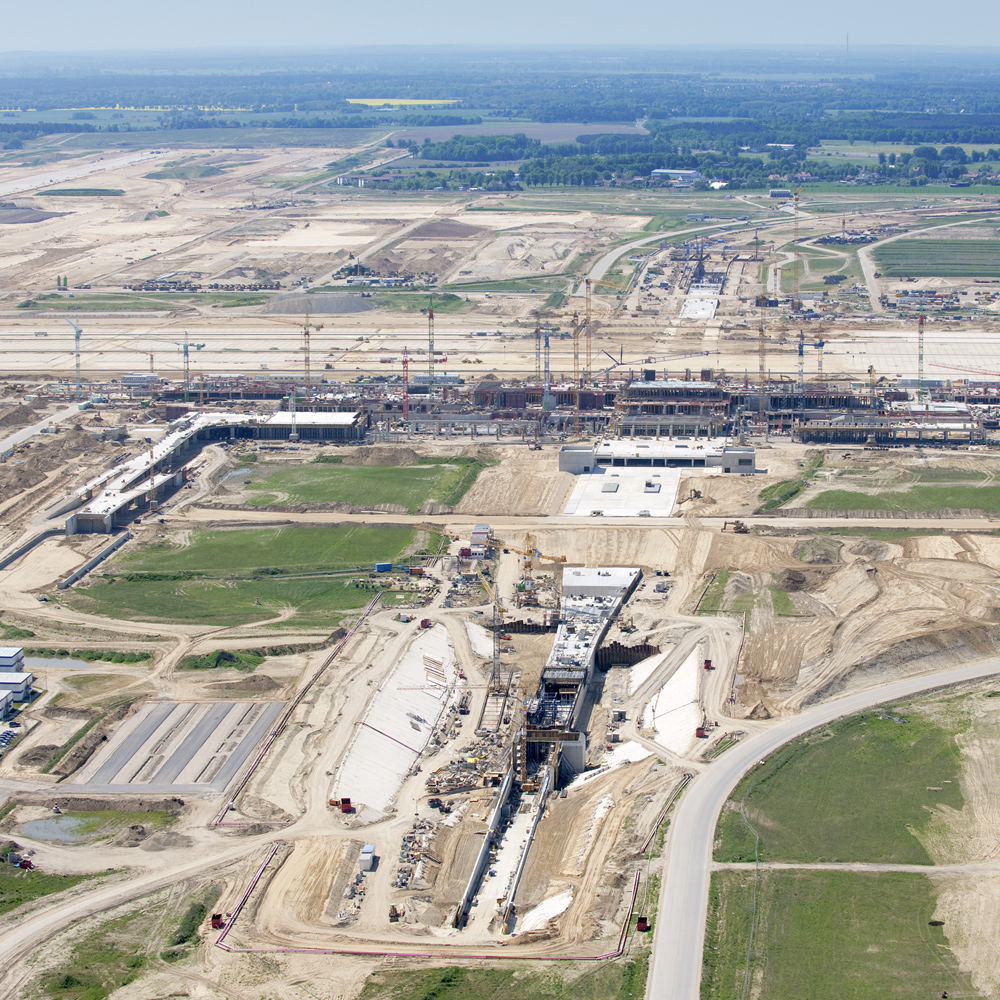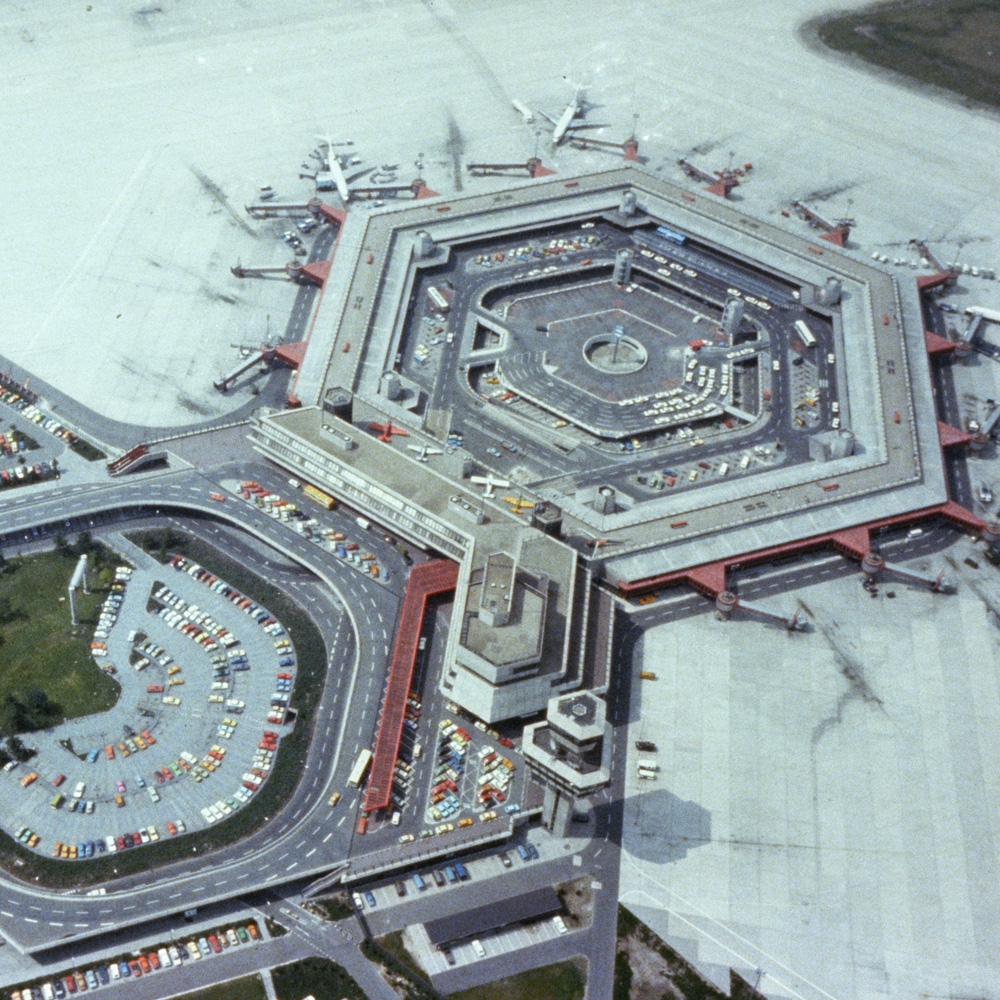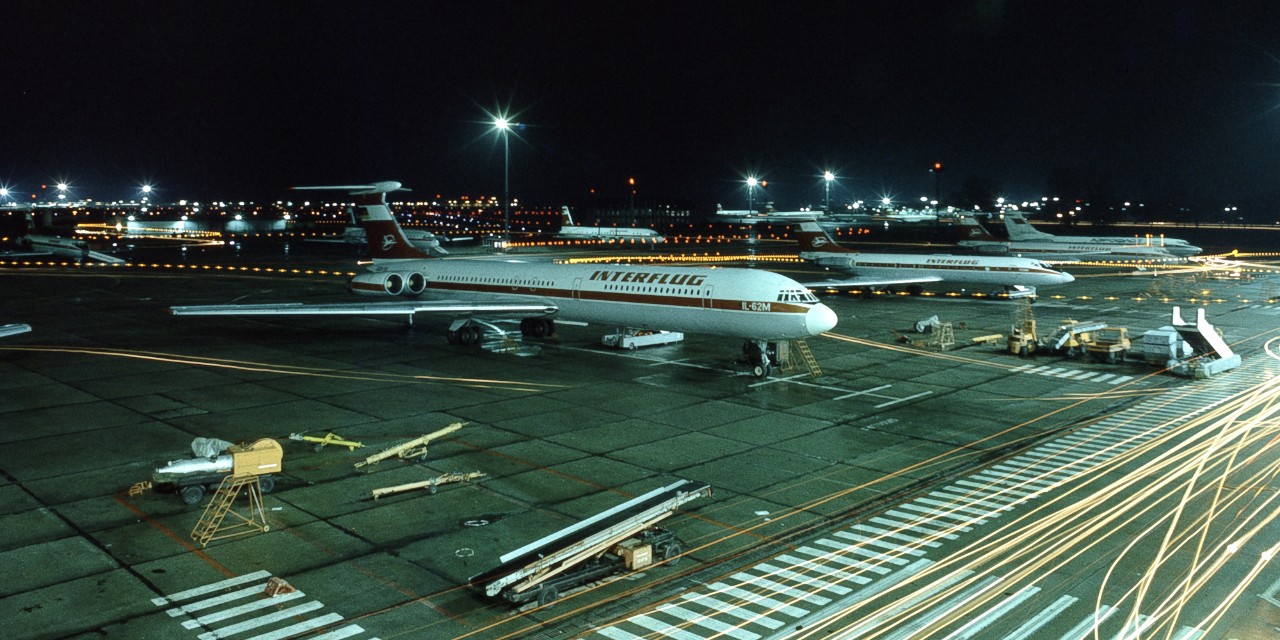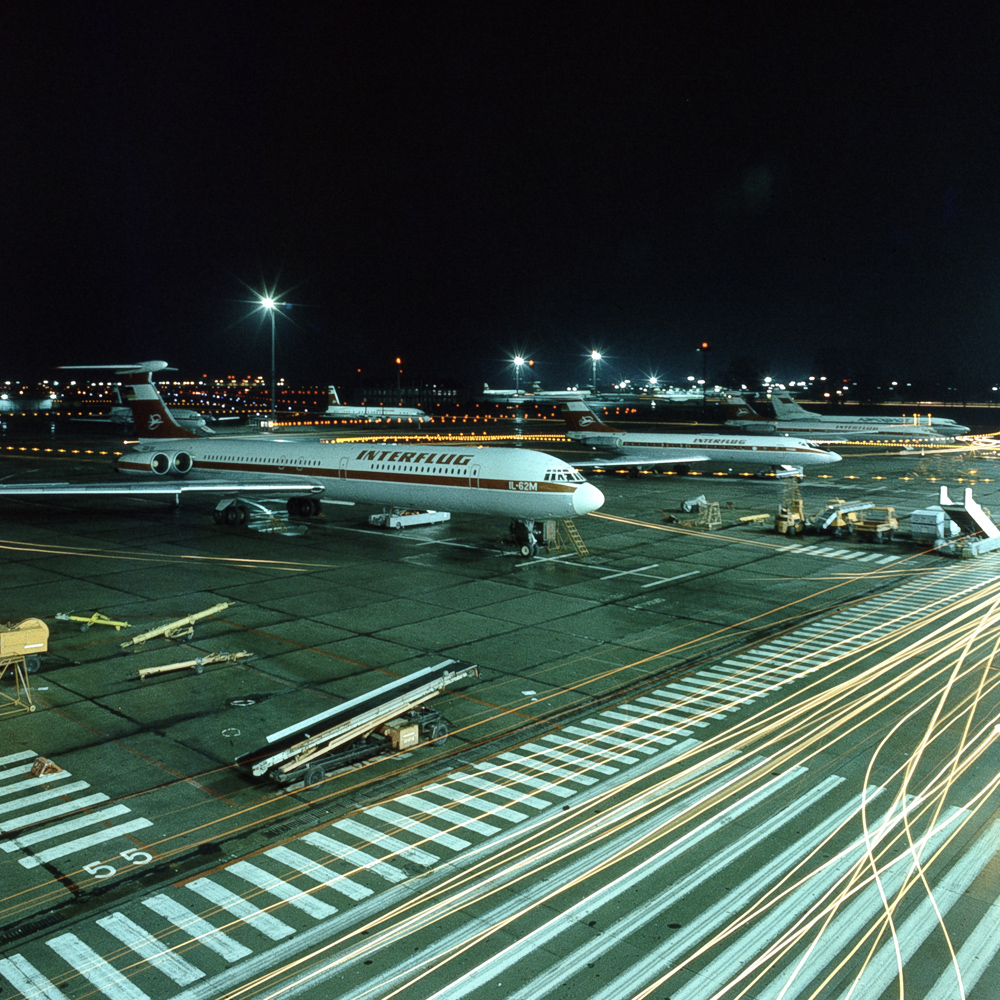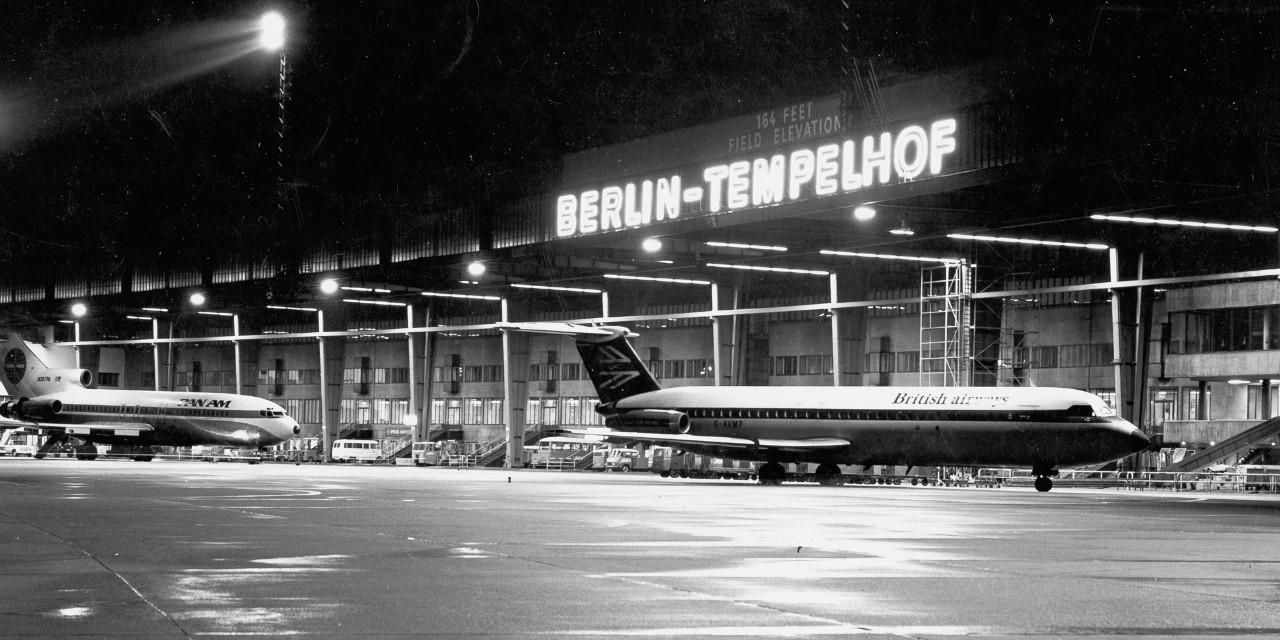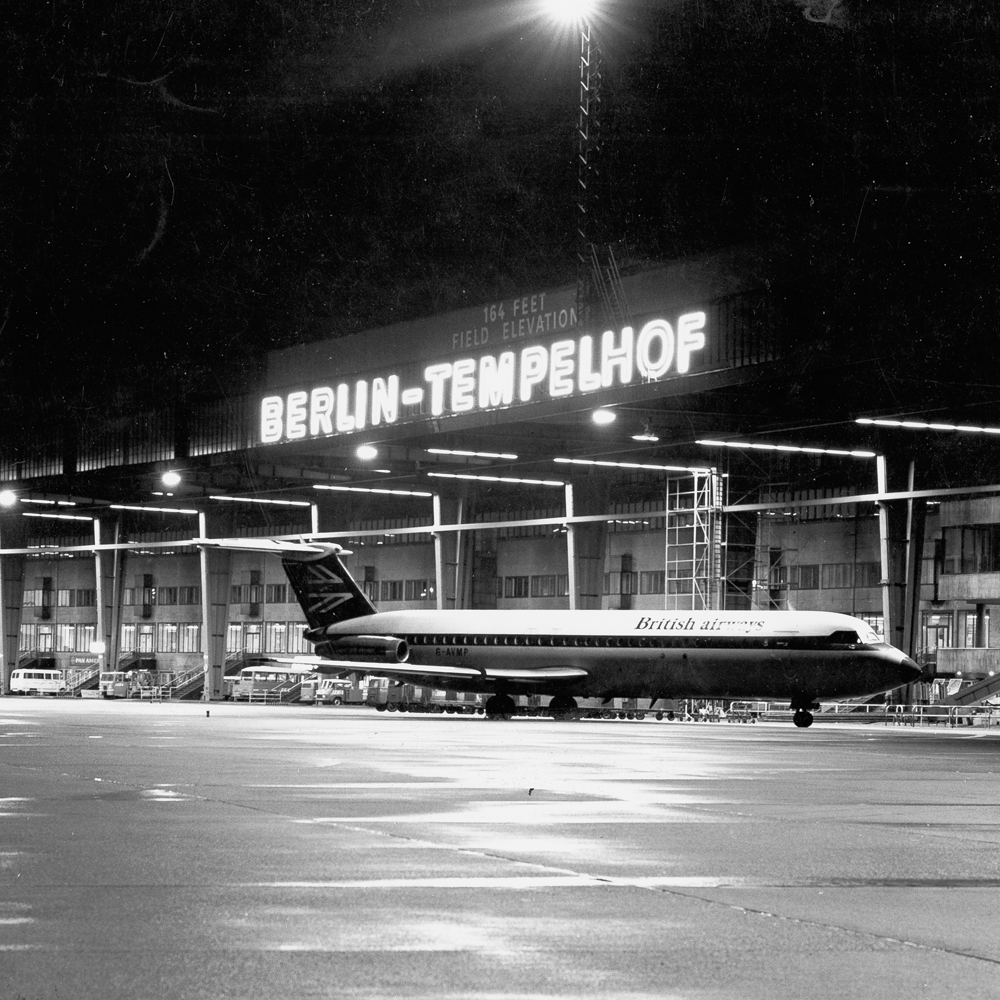Air traffic in the capital region has a long and eventful history. It began in 1891 with Otto Lilienthal's first flight experiments at Mühlenberg near Derwitz in the Berlin region, continued with the operation of three airports and opened a new chapter with the commissioning of Berlin Brandenburg Willy Brandt Airport (BER) in 2020.
Since Lilienthal's first attempts at flight, the capital region has always had the right answers to the challenges of the rapidly developing aviation industry: the first hub in the golden twenties, the airlift during the Berlin blockade, Tegel Airport as a link between the walled-in western part of the city and the free world.
Tempelhof has been closed since 2008. And Tegel Airport, which was closed when BER went into operation in November 2020, also has a special symbolic value for many Berliners: It was once the gateway to the free world for walled-in West Berlin. Berlin-Schönefeld Airport was the central airport of the GDR and boomed for many years with the rise of low-cost airlines like no other airport in Germany.
Tegel, Tempelhof and Schönefeld. They are all considered milestones of German transport and, above all, many Berliners and Brandenburgers have nostalgic memories of them, which is why we would like to review their history here.



